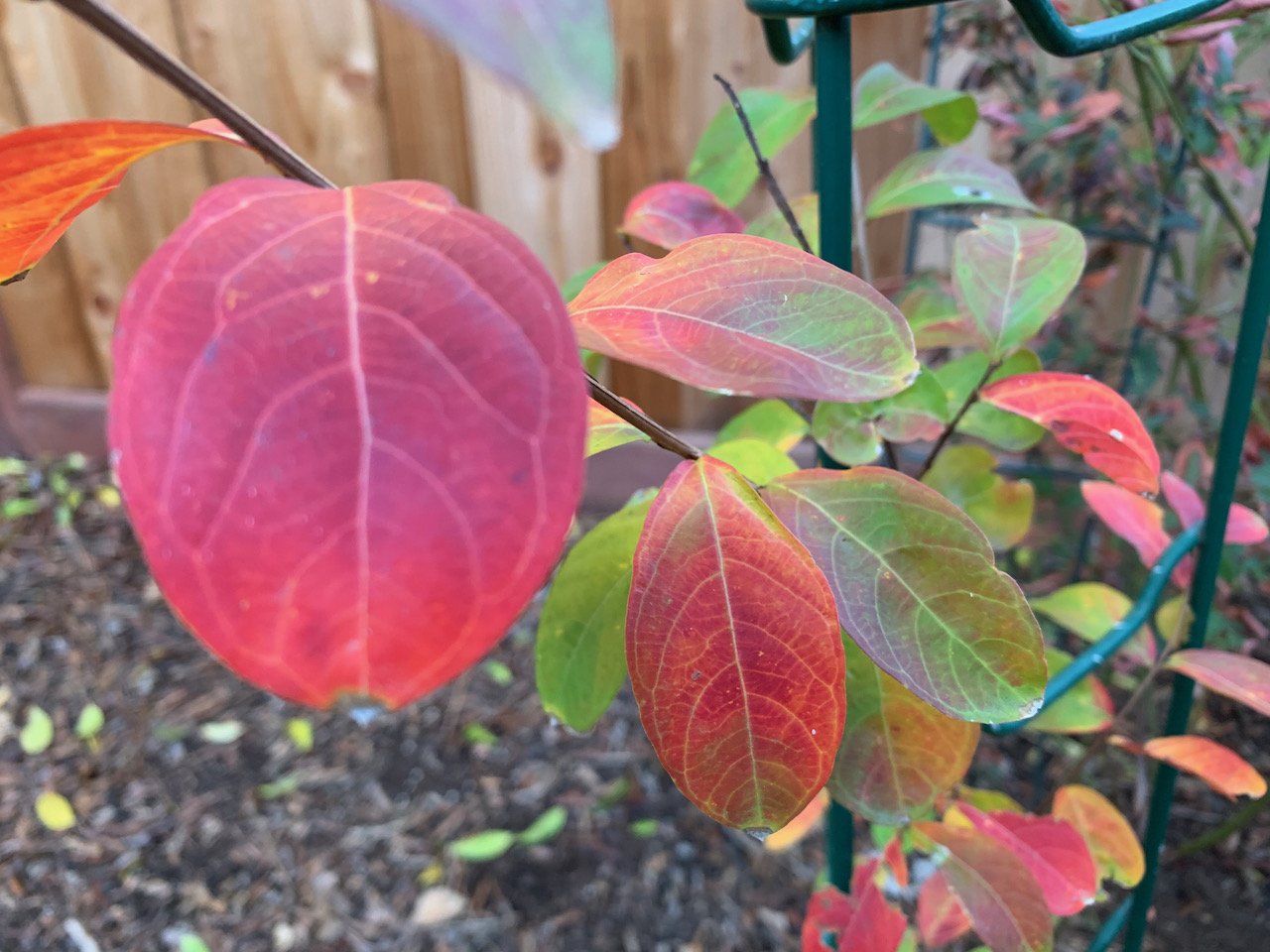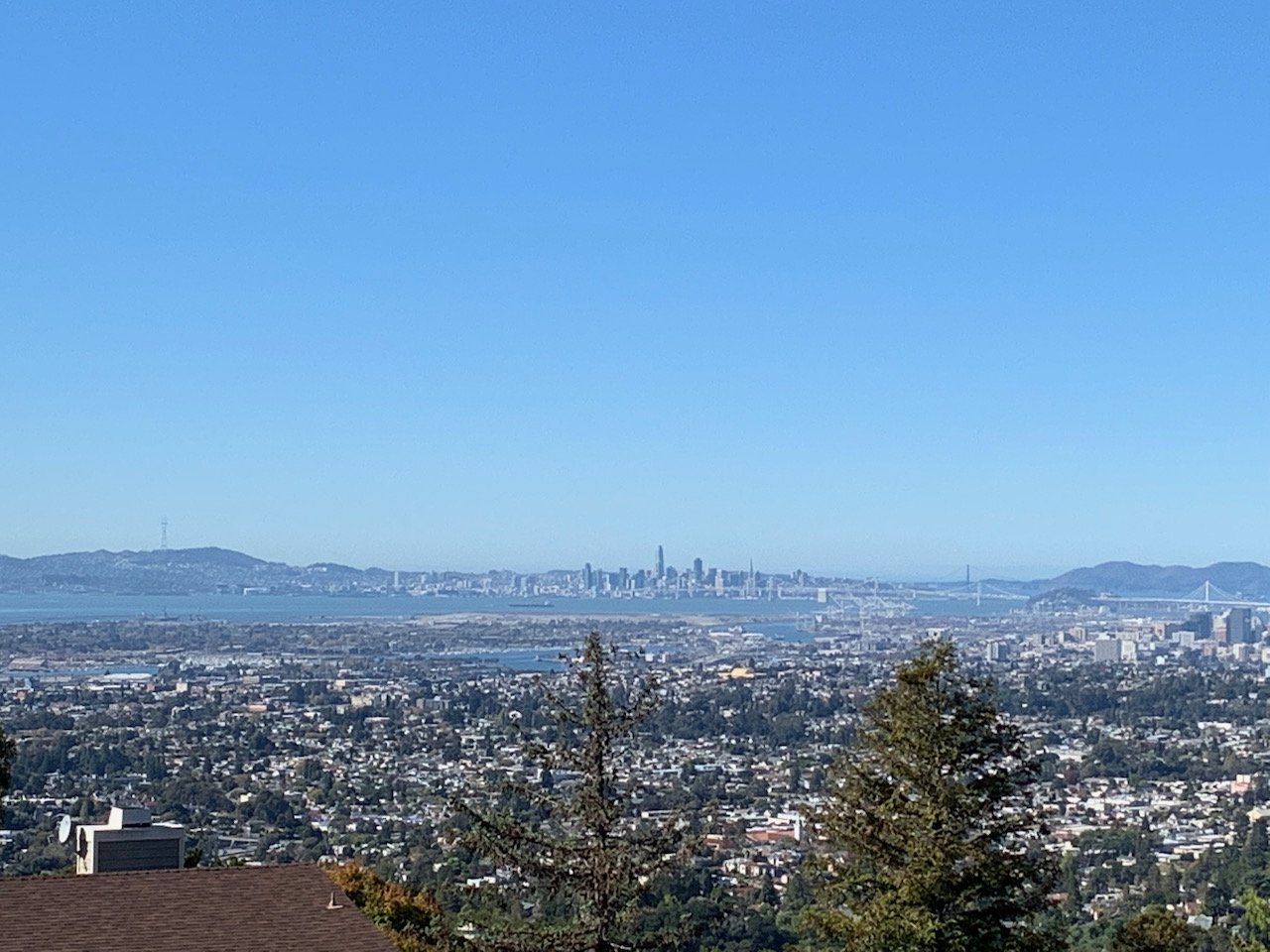Guest post from Tom today. Elizabeth is spending some time in Georgia tending to our younger child, who was struck crossing the street by a pickup truck that ran a red light (and then proceeded to speed off). While our child has suffered multiple broken bones, and will be confined to a wheelchair for several months, we have every expectation of a full recovery.
As you’ve probably heard, we’ve been getting a lot of rain in California recently, as weeks of atmospheric rivers hit the state in late December and early January. We’re okay here – a little water in the garage in the corner that always gets a little water – but it’s been a lot of rain all at once, and we’ve seen impacts both locally and statewide. Despite some drizzle today, the last week has been dry, cool, and clear, and it’s a good opportunity to assess where we are and where we’re going.
To talk about where we are, let’s start with where we are geographically, which according to FEMA is in a special flood hazard area. Here’s a close-up of the FEMA flood map for our neighborhood:
Poppy Corners is located toward the bottom of that image, firmly in the blue-colored region that represents the area that has a 1% annual chance of flooding (Zone AE in FEMA-speak). Because of our location on this map, we’ve had to pay flood insurance as a condition of our mortgage, which sets us back a tidy sum each year – much more than our regular homeowner’s insurance. Most years, and certainly in the recent drought years, it has seemed absurd that we have to pay flood insurance, but here we are.
At the top of the map you see the reason why our neighborhood is in Zone AE – the Sans Crainte creek. In the time we’ve lived here, the creek has been aptly named (Sans Crainte in French means “Without Fear”). Most of the year, this creek is completely dry, and while we’ve seen water in it occasionally when it rains, and hear some peeping frogs from time to time, we’ve not been fearful of that creek.
Then we got a lot of rain on New Year’s Eve, and this is what happened:
If you look closely at the FEMA map, you’ll see a marking where the creek goes into a culvert under the roadway. On New Year’s Eve, there was enough water coming down the creek that it exceeded the capacity of the culvert, and so the water came down our street, to the two storm drains for the whole neighborhood that are right in front of our house. We, and all of our neighbors, took a keen interest in ensuring those storm drains remained clear. In our 18 years of living here we’d seen quite a bit of storm water, but nothing like what we saw that day.
A quick mathematical diversion: As I mentioned, the blue zone on the FEMA map corresponds to an area that has a 1% chance of flooding - the so-called 100-year flood. What’s important to remember is that that’s the chance of a flood every given year. Our chances of not flooding in any given year are, therefore, 99% (easy enough), but thing get trickier when we’re calculating the odds of no floods for a stretch of time. The chances of no floods two years running are 99% times 99%, or 98%. Five years running comes to 99% x 99% x 99% x 99% x 99%, which works out to 95%. Multiply it out for our 18 years here and now the chances of being flood-free that whole time are down to 83.4%. Odds of no floods over a 30-year mortgage? 74%, or (put differently), there’s a 1-in-4 chance that you will get a flood during that 30-year time frame. That’s not horrible odds, but it’s not great either.
So where are we historically with all this rain? Thanks to the weather station I got us for our 20th wedding anniversary (20th is weather station, right?), we’ve got a few year’s worth of local rainfall data. The California Department of Water Resources defines our “water year” as running October 1 - September 30th, and based on our weather station, in just 4 months of the 2022-23 water year we’ve gotten over 20 inches of rain — more than the 16 inches we got in 2021-22, and nearly tripled the 7.5 inches in 2020-21 total. Here’s a graph:
You can see why we define our water years as running October - September, as opposed to January - December – we’ve got this long dry stretch for nearly half the year, and then things start picking up in October. This graph also shows part of the problem that we have in California – at least in recent years, when we get rain we get a lot of it all at once, and then nothing.
For a longer historical context, I turned to the publicly-available and downloadable local weather information from the National Oceanographic and Atmospheric Administration’s National Centers for Environmental Information. Their Climate Data Online service lets you download weather data taken by local entities. Your mileage may vary — different weather stations may measure just temperature, or have information for just a few years, but with a little poking around I was able to get rainfall figures from Buchanan Field, a small airport just a few miles north of us, for over 20 years of data – from the 1999-2000 water year to present. Their rainfall totals are consistently a little lower than our weather station’s – possibly reflecting slightly different climates; also likely reflecting the fact that our weather station is a consumer product. Here’s a graph:
The average annual rainfall at this weather station is just under 15 inches, and this year’s total so far is at that average. Only time will tell whether we’ll get more rain this year, or if this will wind up just being an average year.
This graph also helps to tell the story of the recent drought – how we’re coming into this year having three years running of below-average rainfall amounts, and how the 2020-21 water year was the driest in this 20-year time period.
That then leads us to the big question with all this rain – where are we in relation to California’s ongoing struggles with drought? All this rain has had a positive impact on drought conditions throughout the state, but drought conditions persist. Here’s a side-by-side comparison of statewide drought conditions at the beginning of this water year and now:
The U.S. Drought Monitor is jointly produced by the National Drought Mitigation Center at the University of Nebraska-Lincoln, the United States Department of Agriculture, and the National Oceanic and Atmospheric Administration. Map courtesy of NDMC.
Things are significantly better than they were back in October, when 40% of the state was in “Extreme” or “Exceptional” drought. Right now, there are no areas of the state in those zones. That said, even with all this rain, drought persists – only 0.64% of the state is in “no drought” conditions, that tiny little corner in the northwest of the state.
This are also looking better in California reservoirs. Nearly all of them started the water year with levels profoundly below historical averages - the mighty Shasta Lake was at 60% of historical, and close to our heart Lake Oroville was at 64%. As of this week, Shasta’s up to 87% of historical, and Oroville’s at 111%.
California Department of Water Resources
Still a complicated picture, and we’ll have to see how the snow pack shapes up this year, but better.
As a final “where are we?”, we are definitely in a place where we have to try to get out and enjoy the water in the creeks that so often we find dry. It can be challenging to find good hiking conditions, striking a balance between enjoying running water and getting stuck in the mud, but there are also unique opportunities to test one’s abilities to ford streams and see just how waterproof those boots are. Here’s a few stream crossings from a recent hike.
Hope y’all are staying warm and dry wherever you are!













